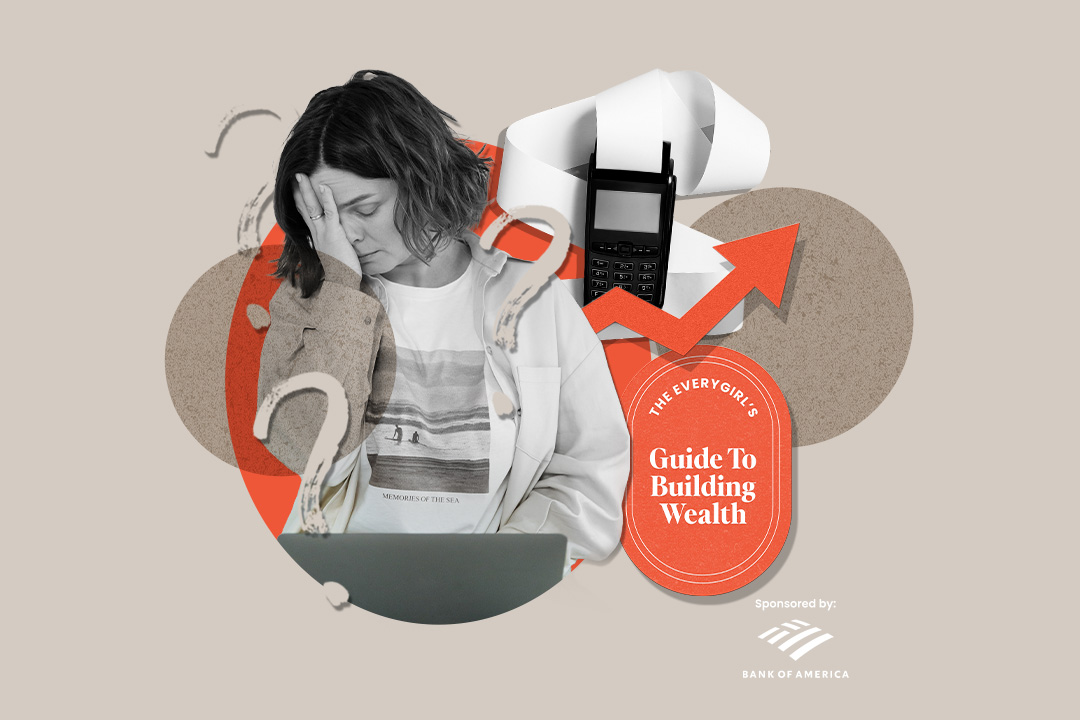As we progress in our careers and see an increase in our income, we often find ourselves making small upgrades such as switching from a grande to a venti at Starbucks, opting for a deluxe pedicure over a basic one, or buying the latest iPhone even if our current one is still functional. These upgrades become the new norm, and we grow accustomed to this elevated lifestyle. Before we realize it, the extra money we earn is being spent instead of being saved or invested, leading us back to living from paycheck to paycheck.

This situation, known as lifestyle creep or lifestyle inflation, occurs when our spending rises along with our income. While this financial challenge isn’t new, the influence of seeing our peers and influencers flaunting their purchases on social media has only made it more difficult. If you’re facing lifestyle creep, continue reading for six simple and expert-endorsed tips to enhance your finances and beat lifestyle creep.
Strategies to Avoid Lifestyle Creep
1. Shift Your Perspective
The constant bombardment of messages from media and advertising suggesting that buying more will bring fulfillment can make it tough to resist spending. If you find yourself compelled to make purchases influenced by social media or sales, it might be beneficial to explore the reasons behind your urge to buy. Kara Perez, Founder of Bravely Go, notes, “Many people shop when they’re feeling bored or sad, and in a negative mindset, almost any expense can seem justified.” Reflect on why you feel the need to make a purchase when browsing online or in stores. Are you trying to fulfill another need? Are you buying something just because someone else has it? Do you believe purchasing an item will solve a larger issue in your life? By understanding your motivations for spending, you can cut back on unnecessary purchases.
2. Regularly Review Your Expenses
Although examining your bank statement may not be the most enjoyable task, it is a useful practice for identifying unnecessary expenses. Tom Blake, a personal finance writer and founder of This Online World, recommends dedicating time on a weekend to review your spending. “Analyze your previous week’s spending and account statements,” he suggests. “Identify areas where your spending has increased. Once you pinpoint these areas, set a budget for how much you can spend on those categories monthly and stick to it.” Blake also advises recognizing purchases that leave you with buyer’s remorse. This can help you better understand your financial values. Perez adds that distinguishing between purchases that bring you joy and those that don’t can assist in reducing impulsive spending.
3. Implement the 50/30/20 Budgeting Rule
Creating a budget is a simple method to track your spending, but it can be challenging to know where to begin. Enoch Omololu, the Founder and Resident Personal Finance Expert at savvynewcanadians.com, suggests using the 50/30/20 rule to streamline the budgeting process. “One key strategy I recommend is following the 50/30/20 rule—allocate 50% of your income to essentials, 30% to discretionary spending, and save or pay down debts with the remaining 20%,” he explains. “It’s straightforward, effective, and most importantly, adaptable.” To make this approach successful, it’s crucial to differentiate between needs and wants. Necessities include essentials like food, housing, and insurance, while wants consist of items like designer apparel, the latest gadgets, or luxury services.
4. Opt for Cash Payments
Do you recall as a child how reluctant you were to spend the cash you received as a gift? The concept of using cash to limit spending aligns with this sentiment. Omololu suggests using physical cash to control your expenses. “Paying with bills has a psychological impact that using cards lacks. With every purchase, you can sense your wallet getting lighter, acting as a strong deterrent to unnecessary spending,” he points out.
Similarly, Logan Lindabury, a CPA and founder of Friday FinTips, recommends setting aside the required amount in cash for a desired purchase, even if you end up paying with a credit card to earn points. However, ensure you have the funds readily available to pay off the credit card immediately. Lindabury also advises waiting for an additional month before making the purchase, even after saving up, as you may reassess and decide against buying the item.
5. Establish Clear Long-Term Financial Objectives
When I set a goal to purchase a house some years back, I had to reevaluate my spending habits. I had to forgo salon appointments and impulsive shopping trips to focus on saving. Prioritizing between spending on items and saving for my goal helped me curb unnecessary expenses.
Kathryn Rossi, a money and financial literacy coach, urges individuals to assess their spending goals. She highlights the importance of identifying what truly matters to you, whether it’s supporting local businesses, investing in health, or saving for a home down payment. Reflect on your values and recognize what isn’t significant to you. If luxury brands, dining out frequently, or having the latest gadgets don’t align with your values, these areas could be where you cut back on spending.
6. Avoid Comparison and Focus on Personal Happiness
Instead of trying to emulate others’ lifestyles and possessions, concentrate on your own happiness and fulfillment. Chris Muller, Vice President of Money Under 30, emphasizes the necessity of identifying your values and financial objectives to make deliberate choices in line with what truly matters to you. By prioritizing your needs and desires, you can steer clear of unnecessary spending and maintain a sustainable and gratifying lifestyle.
Key Takeaway
Being mindful of your spending while enjoying life is essential. It’s natural to desire non-essential items, and you should allow yourself those little luxuries as long as they fit within your budget and align with your values and long-term financial aspirations. Treat yourself responsibly without compromising your financial goals.






